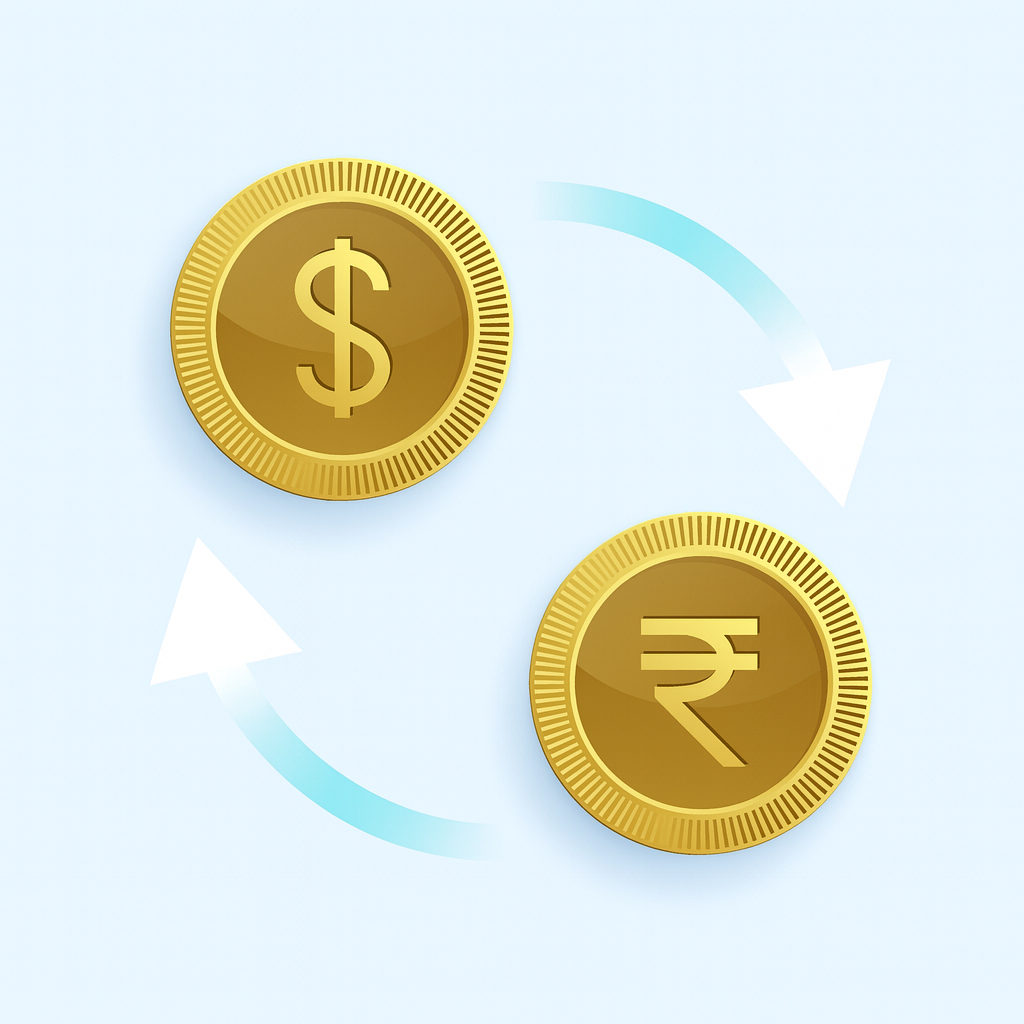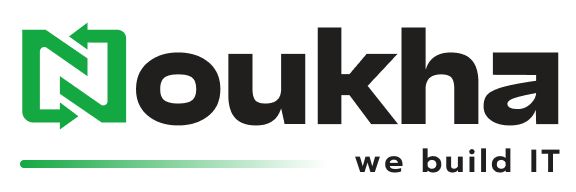In the contemporary digital-first economy, the presence of a powerful online presence is not a choice, but a compulsion. Your site is the initial thing your customers see about you and the nature of your web application usually defines what they think about your brand.
However, there is one question that overpowers all boardrooms:
Is it better to hire the web developers in India or in USA?
This comes out as the easiest decision, but it is an option that is wrapped in cost and productivity, communication, quality, and time-to-market factors. This guide dissects the actual custom web development cost in 2025 – based on benchmarks, real-life tales, and the current market trends.
What Does Custom Web Development look like in 2025?
Custom web development refers to the creation of web applications that are customized to your business – not based on templates or drag-and-drop applications. In 2025, this includes: 
- Headless CMS architectures
- AI-driven automation
- Integrations in web3 and blockchain.
- Cloud-native app ecosystems
- Live events and elastic computing.
Companies are not seeking out a simple web site anymore. They are seeking long-term scalability, performance and future-proof architecture.
Web development cost – India vs USA: A 2025 Snapshot
The reason as to why India is a leader in Web Development Value.
Economical yet not cheap 
India is still a player in the technological world dominated by more than 5 million IT experts. Reduced cost of living and competitive talent market ensure that the rates remain low without affecting the quality.
Large & Diverse Talent Pool
India offers expertise in:
- React, Angular, Vue
- Node.js, Django, Larval, Spring Boot.
- Flutter, React Native
- AI, ML, automation
- DevOps & cloud engineering
A large number of companies are ISO/ CMMI Level 5 certified.
Communication Advantage
The models of English proficiency and 24/7 support facilitate the process of communicating with the US and European clients.
Why the USA Still Has an Edge
Innovation Culture and Local Presence.
Best suited to projects like ones in which there is always a need to collaborate with someone, or on-site or where there is a requirement to comply with industry specifications (HIPAA, FinTech, GovTech).
Faster Decision-Making
Agile cycles across US-based teams have a high speed of movement as there is close time zone overlap.
Strong Legal Protection
The improved IP protection, enforcement of contracts and privacy frameworks.
The Real-Time Web Development Cost Breakdown (2025)
- Cost is not less than hourly price. The real cost includes:
- Communication friction
- Overhead in project management.

- Compliance costs
- Time-to-market delays
- Revisions and hidden rework
- Cloud/devops tooling
- QA & maintenance
- Knowledge transfer
A gap of 3 months may be more expensive than the variance between the rates of the developers.
The increased the complexity, the less the web development cost difference as the senior Indian engineers will charge higher prices – and they will be needed with such undertakings.
The Narrowing of the Gap with Complex Apps.
- Senior talent premiums
- Compliance expertise
- Scalability, Devops, security.
- Architectural oversight
- Real-time system complexity
- India remains affordable, however, not as less as MVP-level projects.
Hidden Tax of Low-Cost Development (Nobody Tells You This)
These are traps into which even seasoned founders fall.
- Time Zone Delays
- A fast query turns into a 24-hour cycle.
- Urgent bug? You could wait until the following day.
- Environment Mismatches
- Problems with works on my machine lead to the delay in launch and expensive reworking.
- Revision Spiral
- Decreased hourly rates tend to cause increased back and forward, which makes the overall web development higher.
When Picking India Is a Clever Choice.
Choose India if:
- There is no spare cash but there is quality.
- You have clear requirements
- Your timeline is flexible
- You are creating generic SaaS functionality.
- You possess (or recruit) a sound project manager.
When you had better hire in the USA.
Select developers based in USA in case:
- Speed-to-market is critical
- Requirements are evolving
- You want deep collaboration
- You work in regulated industries.
- There will be no difference in cost that will influence business viability.
- The Hybrid Approach: The 2025 Winning Model.
- Most of the successful businesses do so:
- Product manager of the US based plus engineering team of India.
Benefits:
- 50%+ cost savings
- Better communication
- Faster decision-making
- High-quality output
- Clear accountability
- The model is gaining prominence in SaaS, healthcare, fintech, and B2B.
What 2025 Really Looks Like
There is still a large gap between India and the USA, however there is a matured industry.
- US time overlap is now being concentrated in Indian teams.
- Writing and asynchronous processes enhanced.
- The development with the help of AI has less rework.
- Agencies that are compliance-ready are more prevalent.
- The Indian engineers are seniors and are competitive in the entire world.
- Today, quality lies in the hands of the company and not in the country.
Final Verdict
It will be a decision between India and the USA because of your:
- Budget
- Timeline
- Requirements clarity
- Industry
- Compliance needs
- Management capacity within the company.
In case the affordability and scalability are important – India is the winner.
In case proximity, compliance, or speed plays a major role – USA wins.
A hybrid model a combination of the best of both worlds is the new choice of many businesses.
FAQs
Q1. Why are the Indian developers affordable?
Cheap living expenses + high pool of talents + competitive market.
Q2. Can Indian developers be trusted with the long term projects?
Yes – as long as you pick up the right vendor who has processes that have been proven.
Q3. Do time zone disparities incur delays?
Unless it is done by using overlap hours and async documentation, they can.
Q4. How many hours do you spend in India?
Ranging between 20-60/hour based on expertise and experience.
Q5. Are the Indian companies adhering to global coding standards?
Best companies do – most of them are certified with ISO, SOC 2 and CMMI.
Q6. Web development cost – Fixed cost or hourly model?
Fixed cost: is predictable and best when there are clear projects.
Hourly: adaptable, suitable to the changing needs.



US vs India Web Development Costs in 2025: Full Breakdown
[url=http://www.gzi6zjq81068su9xw922t7i08ez4i86gs.org/]uglkpohbbrl[/url]
aglkpohbbrl
glkpohbbrl http://www.gzi6zjq81068su9xw922t7i08ez4i86gs.org/